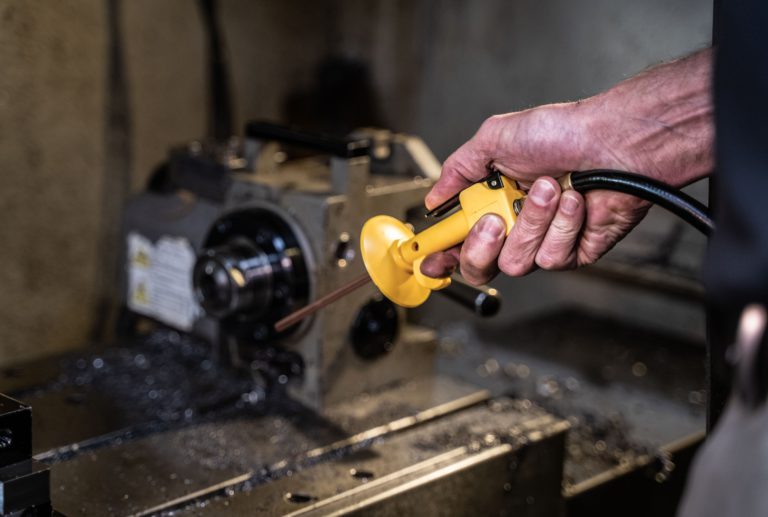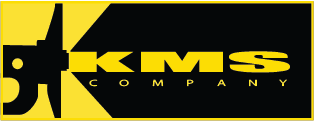What are the requirements for safety air guns?

Blow Gun Safety and OSHA compliance requirements for safety air guns:
Do your workers block or tape up the vent holes on their blow guns? Do those blow guns even have safety vent holes, or have workers tampered with their air guns by removing vented end pieces? Would your facility’s safety air guns pass an OSHA inspection today? KMS Safety Blow Guns are an inexpensive and safe alternative to OSHA fines and worker injuries.
Environmental Health and Safety managers know that safety air gun users frequently circumvent safety features on their blow guns in order to get more air from the blow guns. Taping up air vents or covering them during use of safety air guns is a violation of OSHA safety rules and creates a dangerous condition. Users understandably want their blow guns to clean their workstations as quickly and powerfully as possible with a full burst of compressed air. Often workers are motivated to increase the output of their blow guns by taping off safety vent holes. But without proper safety venting, compressed air can cause severe injury or even death to a worker, cutting skin open, or even introducing deadly air into the bloodstream if dead-ended onto the body. This is true of all blow guns, including KMS Safety Blow Guns.
However, KMS Safety Blow Guns’ patented venturi system provides a powerful anti-tampering incentive by actually reducing air output of the blow gun when its safety vents are blocked. Workers will not achieve a greater output by taping the blow gun’s safety vents. Blocking the safety vents on KMS Safety Blow Guns still creates a dangerous condition and should only be done under safe demonstration conditions and aimed away from the body. But when workers see and hear the 25-30% reduction in air flow output, they’ll see that taping up this blow gun’s air vents will only slow them down.
OSHA specifies particular safety requirements for the use of safety air guns for cleaning, including proper eye safety, chip guarding, and output pressure. Read OSHA Regulations here. It is recommended that operators always wear appropriate safety goggles, gloves, and covered skin when operating safety air guns of any kind. KMS Safety Blow Guns help meet OSHA chip-guarding standards by use of a 2.5” chip shield on every blowgun, further protecting hands from chip blow-back in tight spaces.
Some safety air guns reduce air output to less than 30 psi all the time, wasting workers’ time and failing to give the full volume of compressed air available. KMS Safety Blow Guns reduce air pressure to less than 30 psi only when dead-ended, complying with OSHA’s own long-standing clarification of their standard Read OSHA Regulation here. Workers will appreciate having the most air power available to them, and safety managers can be confident that KMS Safety Blow Guns consistently meet OSHA standards for compressed air used in cleaning.
